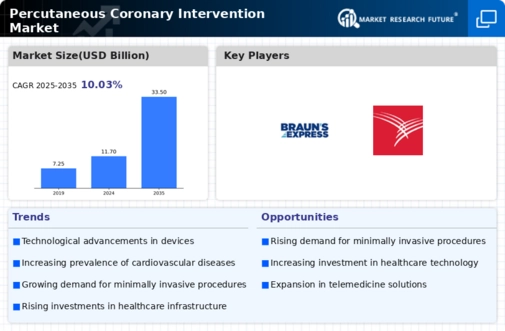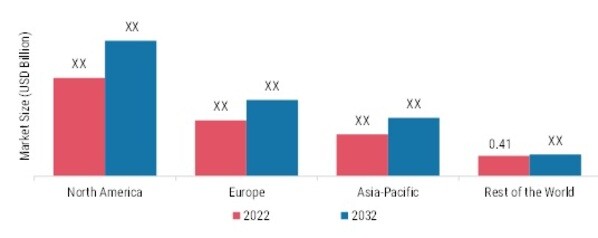Market Share
Percutaneous Coronary Intervention Market Share Analysis
Minimally invasive surgery (MIS) has emerged as a revolutionary approach in medical procedures, offering a multitude of advantages that significantly improve patient outcomes. One of the key benefits is the reduction in the number of incisions, leading to decreased trauma, minimized scarring, and a lower risk of infection. Moreover, patients undergoing minimally invasive surgeries typically experience a faster recovery period compared to traditional surgical methods.
A notable example of MIS is the percutaneous coronary intervention (PCI), a minimally invasive treatment designed to address obstructed coronary arteries in the heart. This innovative procedure involves the use of catheters to access and unblock clogged arteries, eliminating the need for extensive incisions. Given its efficacy, doctors increasingly recommend minimally invasive surgery, such as PCI, for various cardiac conditions.
A study published in the Annals of Medicine and Surgery Journal in October 2021 underscores the transformative impact of MIS on traditional surgical practices. The study highlights the replacement of several aspects of conventional surgical procedures with MIS techniques. This shift has gained popularity in recent years, driven by its association with higher survivability rates, fewer complications, and faster recoveries for patients. The findings emphasize the growing acceptance of minimally invasive surgeries as a preferred choice for medical professionals and patients alike.
The increasing recognition of these benefits is expected to propel the demand for minimally invasive surgeries, particularly contributing to the growth of the global percutaneous coronary intervention market. As the medical community continues to witness the positive impact of MIS on patient outcomes, the adoption of minimally invasive procedures is anticipated to accelerate.
The surge in popularity of MIS is attributed to its transformative influence on traditional surgical approaches. The replacement of certain elements in conventional surgeries with MIS techniques underscores the evolution of medical practices towards less invasive and more patient-friendly options. This shift has resulted in improved survivability, reduced complications, and expedited recovery times for individuals undergoing minimally invasive surgeries.
The rising preference for MIS, including PCI, underscores the changing landscape of medical interventions. As patients and medical professionals alike recognize the advantages of these procedures, the demand for minimally invasive surgeries is poised for considerable growth. This trend is expected to contribute significantly to the expansion of the global percutaneous coronary intervention market.






Leave a Comment